Rare Rides: The Studebaker Avanti Story, Part II

In Part I of the Avanti story (which received some great comments) we reviewed the coupe’s design and very short original production timeline at Studebaker. But the car was so unique and so modern that two enterprising Studebaker dealers knew they couldn’t let Avanti die after just two years.
Today we take a walk through the next couple of decades, as the Avanti strayed further and further from its true self, ravaged by the passage of time.
After Studebaker concluded its Avanti production at the end of 1963, the company was quickly approached by South Bend Studebaker dealers. Arnold and Nate Altman and Leo Newman were all about Avanti and felt it had a life ahead of it. Studebaker agreed to sell the Avanti’s name, production rights, tooling, extant parts, and the coupe’s space at the South Bend plant. Included in the deal were Studebakers truck production rights, as it ceased producing the Transtar and Champ pickups by 1964. In short order, Avanti was back in production!
Now built under the new AMC, that’s Avanti Motor Corporation, Avantis were built slowly and by hand. The company was profitable not because of the Avanti, but because AMC produced Studebaker truck parts. The company never built any new trucks, though it could have.
The NOS Avanti parts dried up in short order, and by 1965 AMC needed to get a little creative to continue production. Enter Avanti II. Introduced for the ’65 model year, the most notable change was a power swap: Gone was the 4.7 supercharged Studebaker engine, and in its place was a small block Chevrolet 327 (5.4L) V8 from the Corvette. Power was up to 300 horses, though the rest of the car (in ’65) remained largely the same as before.
The Avanti II continued its life as a custom-order car, and Avanti Motors required 10 to 12 weeks lead time to build an Avanti dependent upon colors and trim chosen. Interior components drifted away from the Loewy-designed originals and more toward more current trim sourced from various places. Think lots of walnut, aftermarket gauges, and disco color themes.
Over time the 327 was replaced by a 400, then a 350, and by 1981 was a Chevrolet 305. Tracking alongside the decline of the Corvette, the 305 brought with it malaisey electronic engine controls, a total of 155 raging horses, and a GM TH-350 three-speed automatic.
Much like the rest of the auto industry, the early Eighties were a dark time for the Avanti II. But the coupe still had a good 25 years of life left in it, and things got a whole lot darker. More to come in Part III.
[Images: Avanti Motor Corporation]

Interested in lots of cars and their various historical contexts. Started writing articles for TTAC in late 2016, when my first posts were QOTDs. From there I started a few new series like Rare Rides, Buy/Drive/Burn, Abandoned History, and most recently Rare Rides Icons. Operating from a home base in Cincinnati, Ohio, a relative auto journalist dead zone. Many of my articles are prompted by something I'll see on social media that sparks my interest and causes me to research. Finding articles and information from the early days of the internet and beyond that covers the little details lost to time: trim packages, color and wheel choices, interior fabrics. Beyond those, I'm fascinated by automotive industry experiments, both failures and successes. Lately I've taken an interest in AI, and generating "what if" type images for car models long dead. Reincarnating a modern Toyota Paseo, Lincoln Mark IX, or Isuzu Trooper through a text prompt is fun. Fun to post them on Twitter too, and watch people overreact. To that end, the social media I use most is Twitter, @CoreyLewis86. I also contribute pieces for Forbes Wheels and Forbes Home.
More by Corey Lewis
Latest Car Reviews
Read moreLatest Product Reviews
Read moreRecent Comments
- Teddyc73 As I asked earlier under another article, when did "segment" or "class" become "space"? Does using that term make one feel more sophisticated? If GM's products in other segments...I mean "space" is more profitable then sedans then why shouldn't they discontinue it.
- Robert Absolutely!!! I hate SUV's , I like the better gas milage and better ride and better handling!! Can't take a SUV 55mph into a highway exit ramp! I can in my Malibu and there's more than enough room for 5 and trunk is plenty big enough for me!
- Teddyc73 Since when did automakers or car companies become "OEM". Probably about the same time "segment" or "class" became "space". I wish there were more sedans. I would like an American sedan. However, as others have stated, if they don't sell in large enough quantities to be profitable the automakers...I mean, "OEMs" aren't going to build them. It's simple business.
- Varezhka I have still yet to see a Malibu on the road that didn't have a rental sticker. So yeah, GM probably lost money on every one they sold but kept it to boost their CAFE numbers.I'm personally happy that I no longer have to dread being "upgraded" to a Maxima or a Malibu anymore. And thankfully Altima is also on its way out.
- Tassos Under incompetent, affirmative action hire Mary Barra, GM has been shooting itself in the foot on a daily basis.Whether the Malibu cancellation has been one of these shootings is NOT obvious at all.GM should be run as a PROFITABLE BUSINESS and NOT as an outfit that satisfies everybody and his mother in law's pet preferences.IF the Malibu was UNPROFITABLE, it SHOULD be canceled.More generally, if its SEGMENT is Unprofitable, and HALF the makers cancel their midsize sedans, not only will it lead to the SURVIVAL OF THE FITTEST ones, but the survivors will obviously be more profitable if the LOSERS were kept being produced and the SMALL PIE of midsize sedans would yield slim pickings for every participant.SO NO, I APPROVE of the demise of the unprofitable Malibu, and hope Nissan does the same to the Altima, Hyundai with the SOnata, Mazda with the Mazda 6, and as many others as it takes to make the REMAINING players, like the Excellent, sporty Accord and the Bulletproof Reliable, cheap to maintain CAMRY, more profitable and affordable.



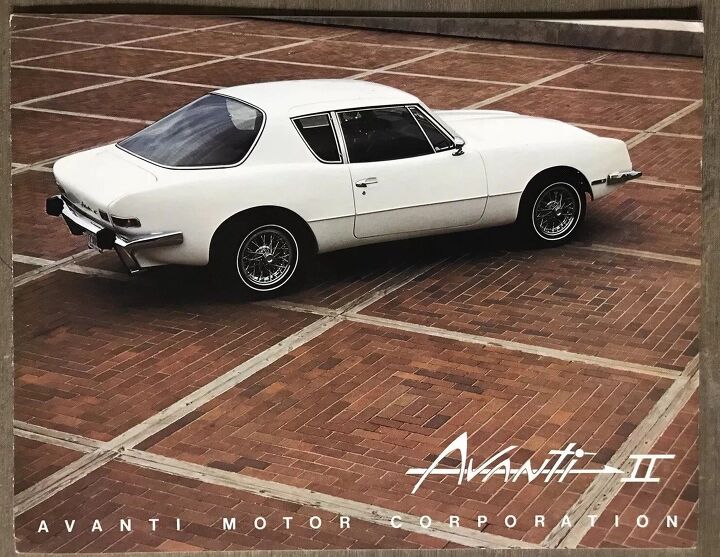




















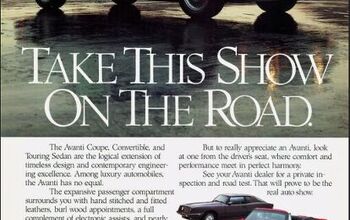
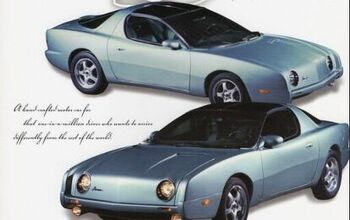
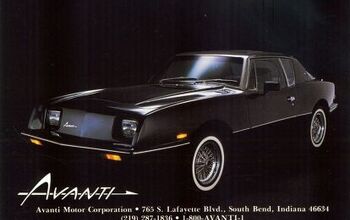
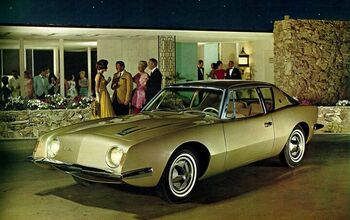
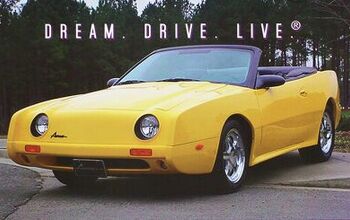




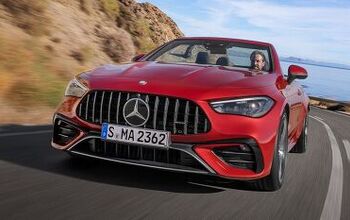





Comments
Join the conversation
Me thinks the one I remember had a small block 305 because it sounded exactly like a Camaro of the 70s. Off the cuff, I could see an electric startup buying the design/name.
Unfortunately, the Avanti II lost the nose-down rake that made the original Studebaker version look aggressive. Compare the front wheel openings and you'll see. There is a noticeable difference in the front fenders. By jacking up the front end, the Avanti II lost part of the visual appeal of the original version's styling. I read that it was necessary to jack up the front end of the Avanti II to accommodate the Chevy engines, but I'm not sure that's true, given that the Sting Ray's hood was quite low.